Orcas, or killer whales, are among the most impressive and mysterious ocean inhabitants. The question of whether orcas eat humans has long captured the imagination, as has the curiosity about how long orcas live. Their intelligence, complex social structures, and unique hunting methods make them truly remarkable creatures.
General Information About Orcas
Orcas are large and impressive marine mammals belonging to the dolphin family. Contrary to popular belief, their closest relatives are not whales but dolphins. These highly intelligent animals inhabit almost all the world’s oceans, adapting to a wide range of environments, from the cold Arctic and Antarctic waters to warm tropical seas.
Orcas are known for their impressive size and distinctive black-and-white coloring. On average, they live between 50 and 80 years, with females often outliving males and reaching advanced ages.
Orcas are large marine mammals from the dolphin family, found in nearly all the world’s oceans, from cold Arctic waters to tropical seas. Their lifespan ranges from 50 to 80 years, with females sometimes living even longer.
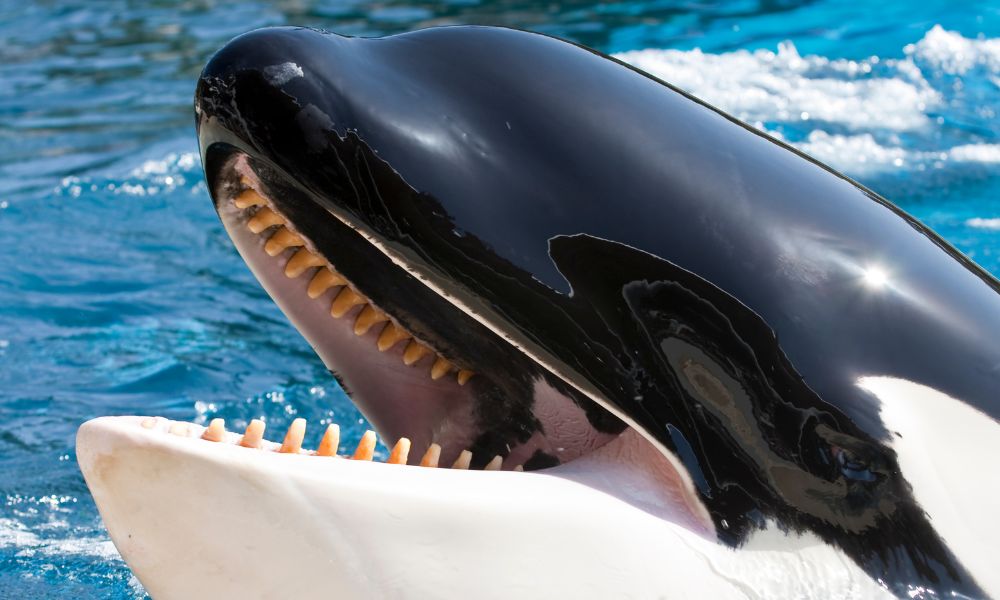
The Role of Orcas in the Ecosystem
In the ocean’s ecosystem, orcas occupy the top of the food chain as apex predators. This means they play a critically important role in maintaining the balance of populations of various marine animals.
- Population control: Orcas hunt a wide range of prey including fish, seals, sea lions, dolphins, whales, and even seabirds. This helps regulate these species’ numbers, preventing overpopulation and resource depletion.
- Maintaining ecosystem health: By preying on weakened or sick animals, orcas contribute to the overall health of populations and help prevent the spread of disease.
- Indirect impact on vegetation: By controlling herbivorous marine animal populations, orcas indirectly protect marine algae, which are vital oxygen producers and provide shelter for many marine species.
- Shaping behavior of other animals: The presence of orcas can influence the behavior of other marine species. For example, certain seal species avoid areas frequented by orcas, altering their migration routes and spatial distribution.
Thus, orcas are not just predators but key elements of the marine ecosystem, with the health and well-being of ocean life depending on their stability and diversity.
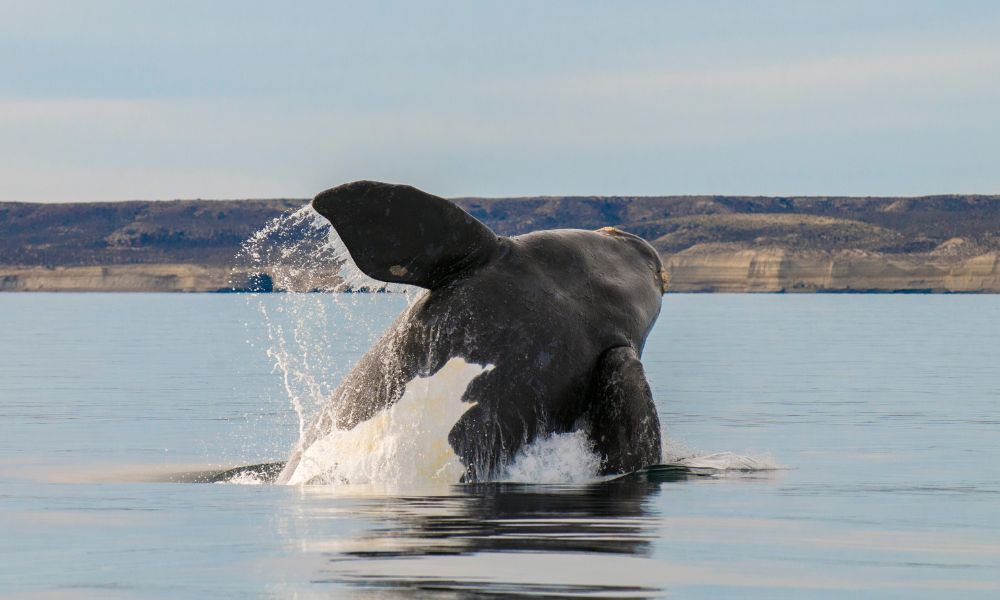
Amazing Facts About Orcas
Fact 1: Orcas Do Not Eat Humans
The myth of bloodthirsty orcas attacking humans has been around for a long time and was fueled by unreliable sailors’ stories. However, despite their fearsome appearance, orcas very rarely show aggression toward humans in the wild. What do orcas eat? Their diet consists of fish, seals, sea lions, and even whales. Are orcas dangerous to humans? Probably more no than yes. Forget your fears and start booking flights to places where you can observe these magnificent creatures in their natural habitats!
Fact 2: High Intelligence
Orcas have highly developed brains and complex cognitive abilities. These incredible creatures exhibit advanced intelligence reflected in their complex social behavior, learning capacity, and sophisticated communication. They live in organized groups with established hierarchies, where interactions are based on a system of vocal signals. Each orca has a unique "voice" that allows individuals to recognize one another.
These predators demonstrate the ability to imitate sounds from other animals and artificial noises, as well as learn new tricks, proven by their success in performing complex tasks during shows. Additionally, orcas possess self-awareness, recognizing themselves in mirrors—a rare trait among animals. Their mental capacities invite us to consider the complexity and richness of marine life.
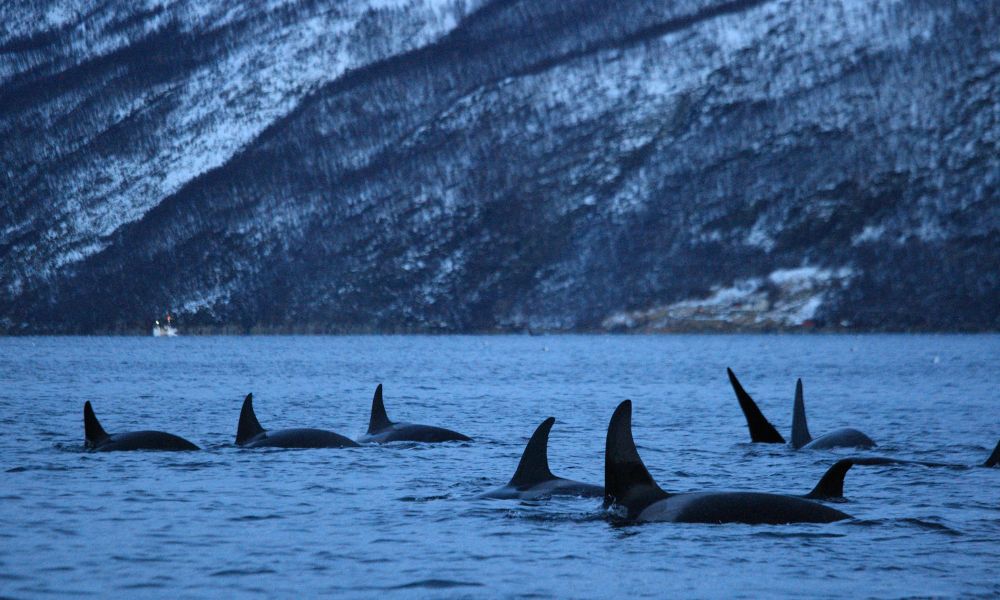
Fact 3: Social Structure of Family Groups
Orcas form complex and stable family groups centered around a matriarchal structure. The dominant female plays a key role within the pod, passing knowledge to subsequent generations and coordinating the group’s activities. A family group consists of a mother, her offspring, and close relatives who hunt, travel, and care for one another together.
These groups are tightly knit and can join with other pods to form larger communities when needed. Orcas show care for injured and young members and collaboratively teach their young vital survival skills.
The orcas’ social structure exemplifies remarkable coordination and mutual support, helping these marine predators successfully adapt to their environment. Their social life is so complex that scientists continue to study it, discovering new aspects of their behavior.
Fact 4: Hunting and Feeding Methods
Orcas are among the ocean’s most skilled hunters, using well-planned strategies to catch their prey. They hunt cooperatively, working as a group to trap their victims. Depending on their environment, their diet may include fish, marine mammals, birds, and even sharks.
One hunting technique is creating waves to wash seals off ice floes, forcing them into the water. Orcas also encircle schools of fish, tightening them into dense balls before attacking sequentially. In groups, they can chase whales, wearing them down with prolonged attacks from multiple sides. Another key strategy is echolocation to locate prey and coordinate the pod’s actions. It’s time to start booking hotels near their habitats to witness this firsthand! These predators adapt well to changing conditions and can modify their hunting methods as needed. Their intelligence and teamwork make them some of the ocean’s most effective hunters.
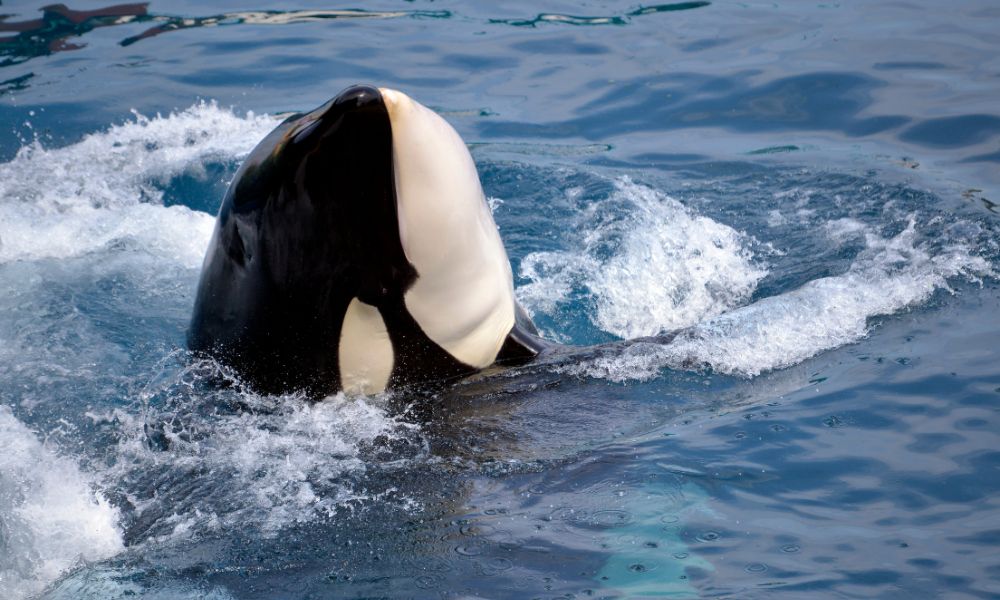
Fact 5: Communication and Sound Signals
Orcas have a sophisticated communication system based on sound signals. They use whistles, clicks, and pulsed calls to coordinate actions, maintain social bonds, and navigate their surroundings. These sounds help them interact within the group, hunt, and warn of danger.
Interestingly, orcas have their own dialects that vary depending on family group and region. This means different pods use unique "languages" passed down through generations. Their method of communication also plays an important role in raising offspring and finding mates. Don’t miss your chance to find affordable flights and embark on a journey to hear their songs!
Fact 6: Longevity and Reproductive Traits
Orcas impress not only with their lifespan—females can live up to 90 years, and males about 50-60 years—but also with their unique social bonds. Females experience menopause, which is very rare in the animal kingdom, and continue to play an important role in the pod’s life by teaching younger generations.
Females reach sexual maturity between 6 and 10 years of age, while males mature around 10 to 13 years. Reproduction is infrequent: calves are born every 6 to 10 years, and a female may give birth 3 to 6 times in her lifetime. Pregnancy lasts 15 to 18 months, with newborn calves already quite large—up to 7.9 feet (2.4 meters) long and weighing up to 300 pounds (136 kg).
But the life of orcas is not only about caring for offspring—it’s also about fascinating travels. These marine giants cover thousands of miles, exploring new territories, searching for rich hunting grounds, and strengthening social bonds. Such group journeys are a way to discover the world, support each other, and gain new experiences. Plan group trips too!
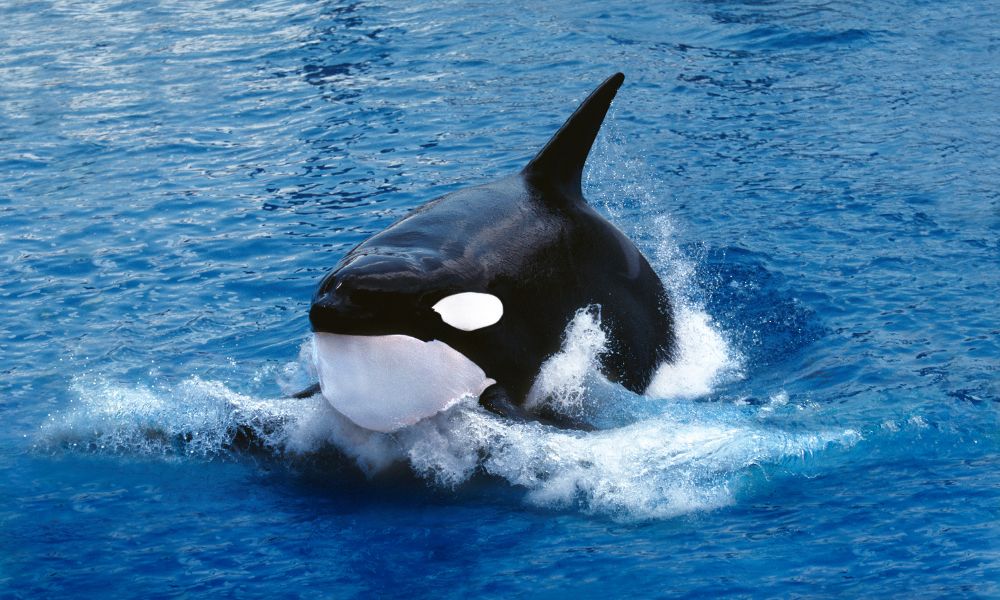
Fact 7: Orcas Are Not True Whales
Despite their nickname "killer whale," orcas are not true whales. They belong to the dolphin family and are considered the largest members of that family. Although they are part of the toothed whale suborder, their closest relatives are dolphins, not whales.
The name "killer whale" originated from sailors’ observations of orcas attacking whales and other large marine animals. However, in terms of hunting methods, body structure, and behavior, they are much closer to dolphins. Unlike most whales that feed on plankton, orcas are active predators employing strategic hunting and echolocation to find prey. Thus, orcas are dolphins, not whales, despite their impressive size and strength.
Fact 8: Distribution and Habitats
Orcas are found in all the world’s oceans, from Arctic to tropical waters. Where can you see orcas? The best places to watch orcas include Alaska, Norway, Iceland, and Antarctica. Learn where orcas live and book a hotel room near their habitats!








 ios
ios
 android
android



 BYN
BYN  RUB
RUB 
















